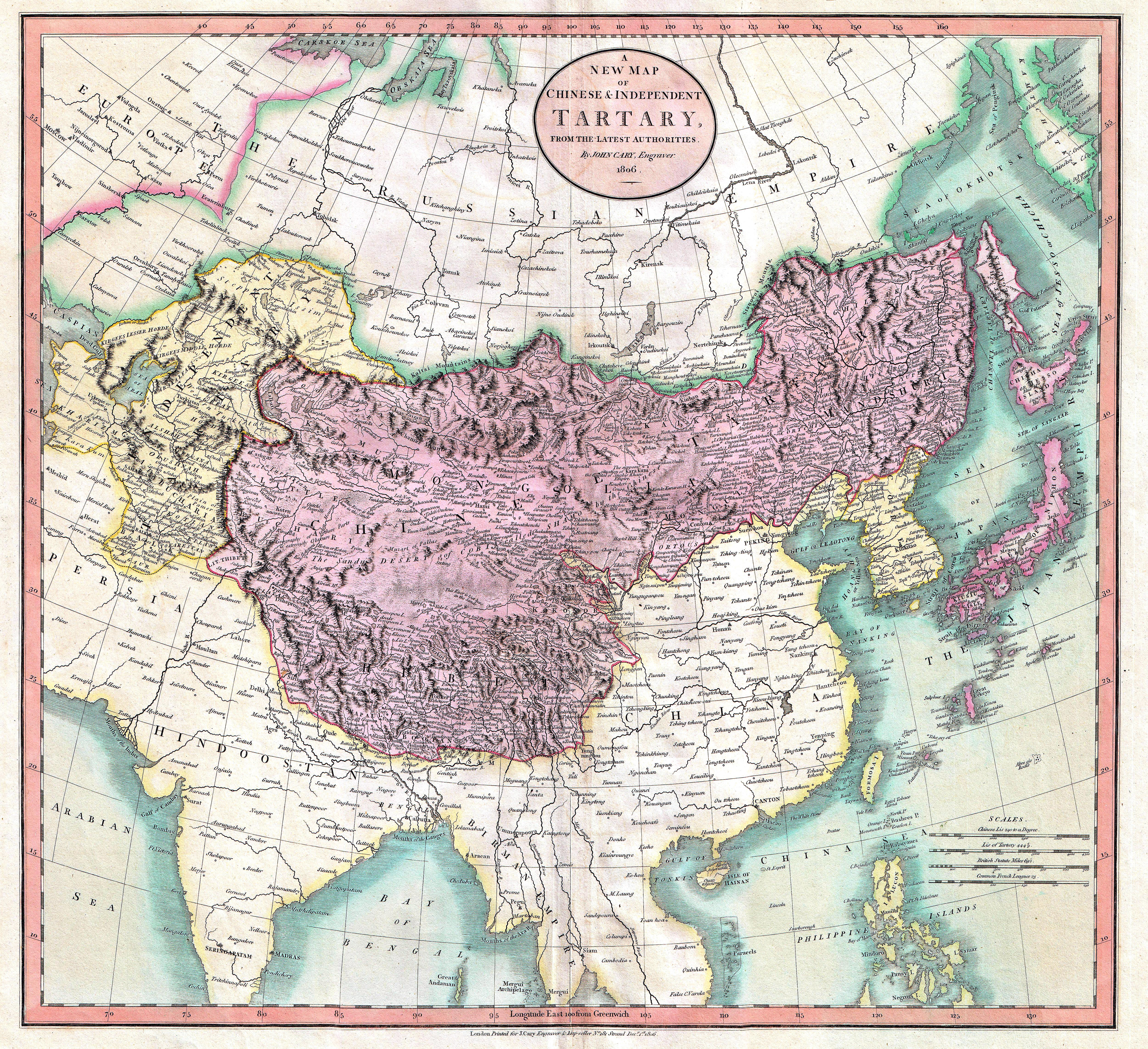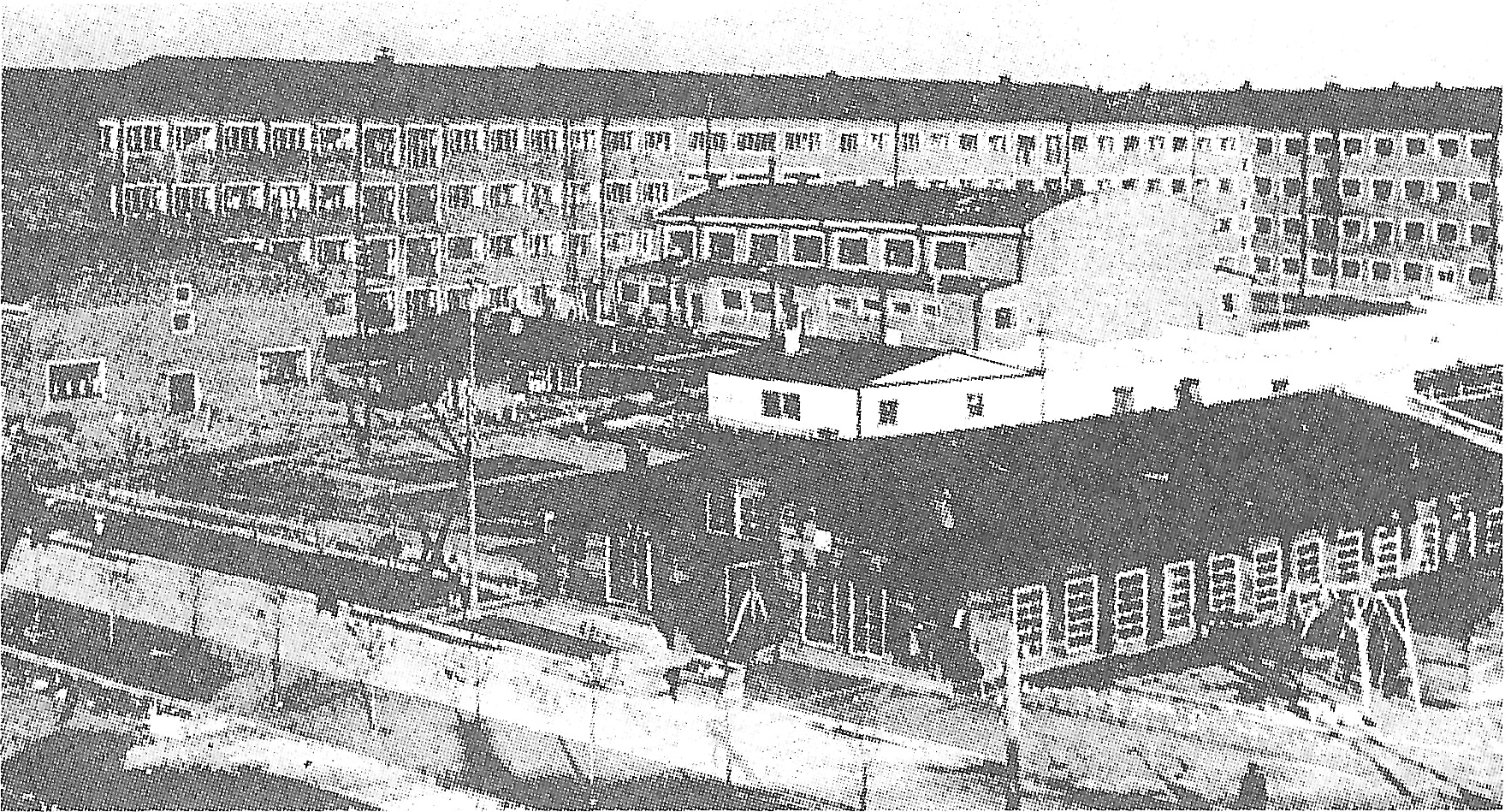|
Oleg Blinov
Oleg Vladimirovich Blinov (russian: Олег Владимирович Блинов; born 17 August 1978 in Tatary, Kirovo-Chepetsky District, Kirov Oblast, Russian Soviet Federative Socialist Republic, RSFSR, USSR) is a retired Russian cosmonaut. Biography From 1998 to 2002, Blinov served in the Russian Air Force (VVS) as a technician on an Mil Mi-8 helicopter. He obtained the rank of lieutenant colonel in the VVS. He graduated from the Vyatka State Agricultural Academy in 2001 with a mechanical engineering degree focusing on agricultural mechanization before receiving a graduate degree in aircraft engineering from the Moscow Aviation Institute in 2014. He began working for Roscosmos at the Yuri Gagarin Cosmonaut Training Center as an engineer involved in extravehicular activity in 2002, and continued in this role until his selection to the cosmonaut corps. Blinov was selected as a cosmonaut in List of astronauts by year of selection#2012, 2012. He began his cosmonaut training ... [...More Info...] [...Related Items...] OR: [Wikipedia] [Google] [Baidu] |
Tatary
Tartary ( la, Tartaria, french: Tartarie, german: Tartarei, russian: Тартария, Tartariya) or Tatary (russian: Татария, Tatariya) was a blanket term used in Western European literature and cartography for a vast part of Asia bounded by the Caspian Sea, the Ural Mountains, the Pacific Ocean, and the northern borders of China, India and Persia, at a time when this region was largely unknown to European geographers. The active use of the Toponymy, toponym (place name) can be traced from the 13th to the 19th centuries. In European sources, Tartary became the most common name for Central Asia that had no connection with the real polities or ethnic groups of the region; until the 19th century, European knowledge of the area remained extremely scarce and fragmentary. In modern English-speaking tradition, the region formerly known as Tartary is usually called Inner or Central Eurasia. Much of this area consists of arid plains, the main nomadic population of which in the pa ... [...More Info...] [...Related Items...] OR: [Wikipedia] [Google] [Baidu] |
Kirovo-Chepetsky District
Kirovo-Chepetsky District (russian: Ки́рово-Чепе́цкий райо́н) is an administrativeLaw #387-ZO and municipalLaw #284-ZO district (raion), one of the thirty-nine in Kirov Oblast, Russia. It is located in the center of the oblast. The area of the district is .Official website of the Government of Kirov OblastAbout Kirovo-Chepetsky Municipal District Its administrative center is the town of Kirovo-Chepetsk (which is not administratively a part of the district). Population: 22,193 ( 2002 Census); Administrative and municipal status Within the framework of administrative divisions, Kirovo-Chepetsky District is one of the thirty-nine in the oblast. The town of Kirovo-Chepetsk serves as its administrative center An administrative center is a seat of regional administration or local government, or a county town, or the place where the central administration of a commune A commune is an alternative term for an intentional community. Commune or comună or ..., de ... [...More Info...] [...Related Items...] OR: [Wikipedia] [Google] [Baidu] |
Kirov Oblast
Kirov Oblast (russian: Ки́ровская о́бласть, ''Kirovskaya oblast'') is a federal subject of Russia (an oblast) in Eastern Europe. Its administrative center is the city of Kirov. Population: 1,341,312 ( 2010 Census). Geography Natural resources The basis of the natural resources are forest (mostly conifers), phosphate rock, peat, furs, water and land resources. There are widespread deposits of peat and non-metallic minerals: limestone, marl, clay, sand and gravel, as well as the extremely rare mineral volkonskoite. In recent decades, in the east of the area revealed a minor recoverable oil reserves and deposits of bentonite clays. In the area is the largest in Europe Vyatsko-Kama deposit of phosphate rock. The area is rich in mineral springs and therapeutic mud. On the territory of Kumyonsky District is famous resort town of federal significance Nizhneivkino, which on treatment and rest come to residents of the Kirov region and many regions of Russia. Hydrog ... [...More Info...] [...Related Items...] OR: [Wikipedia] [Google] [Baidu] |
Russian Soviet Federative Socialist Republic
The Russian Soviet Federative Socialist Republic, Russian SFSR or RSFSR ( rus, Российская Советская Федеративная Социалистическая Республика, Rossíyskaya Sovétskaya Federatívnaya Socialistíčeskaya Respúblika, rɐˈsʲijskəjə sɐˈvʲetskəjə fʲɪdʲɪrɐˈtʲivnəjə sətsɨəlʲɪˈsʲtʲitɕɪskəjə rʲɪˈspublʲɪkə, Ru-Российская Советская Федеративная Социалистическая Республика.ogg), previously known as the Russian Soviet Republic and the Russian Socialist Federative Soviet Republic as well as being unofficially known as Soviet Russia,Declaration of Rights of the laboring and exploited people, article I. the Russian Federation or simply Russia, was an independent federal socialist state from 1917 to 1922, and afterwards the largest and most populous of the Soviet socialist republics of the Soviet Union (USSR) from 1922 to 1991, until becoming a ... [...More Info...] [...Related Items...] OR: [Wikipedia] [Google] [Baidu] |
Russian Air Force
"Air March" , mascot = , anniversaries = 12 August , equipment = , equipment_label = , battles = , decorations = , battle_honours = , battle_honours_label = , flying_hours = , website = , commander1 = President Vladimir Putin , commander1_label = Supreme Commander-in-Chief of the Russian Defence Forces , commander2 = Army General Sergei Surovikin , commander2_label = Commander-in-Chief of the Aerospace Forces , commander3 = Lieutenant general , commander3_label = Commander-in-Chief of the Russian Air Force , notable_commanders = , identification_symbol = , identification_symbol_label = Flag , identification_symbol_2 = , identification_symbol_4 ... [...More Info...] [...Related Items...] OR: [Wikipedia] [Google] [Baidu] |
List Of Astronauts By Selection
This is a list of astronauts by year of selection: people selected to train for a human spaceflight program to command, pilot, or serve as a crew member of a spacecraft. Until recently, astronauts were sponsored and trained exclusively by governments, either by the military or by civilian space agencies. However, with the advent of suborbital flight starting with privately funded SpaceShipOne in 2004, a new category of astronaut was created: the commercial astronaut. While the term astronaut is sometimes applied to anyone who trains for travels into space—including scientists, politicians, journalists, and tourists—this article lists only professional astronauts, those who have been selected to train as a profession. This includes national space programs and private industry programs which train and/or hire their own professional astronauts. More than 500 people have trained as astronauts. A list of everyone who has flown in space can be found at '' List of space travele ... [...More Info...] [...Related Items...] OR: [Wikipedia] [Google] [Baidu] |
Cosmonaut
An astronaut (from the Ancient Greek (), meaning 'star', and (), meaning 'sailor') is a person trained, equipped, and deployed by a human spaceflight program to serve as a commander or crew member aboard a spacecraft. Although generally reserved for professional space travelers, the term is sometimes applied to anyone who travels into space, including scientists, politicians, journalists, and tourists. "Astronaut" technically applies to all human space travelers regardless of nationality. However, astronauts fielded by Russia or the Soviet Union are typically known instead as cosmonauts (from the Russian "kosmos" (космос), meaning "space", also borrowed from Greek). Comparatively recent developments in crewed spaceflight made by China have led to the rise of the term taikonaut (from the Mandarin "tàikōng" (), meaning "space"), although its use is somewhat informal and its origin is unclear. In China, the People's Liberation Army Astronaut Corps astronauts and t ... [...More Info...] [...Related Items...] OR: [Wikipedia] [Google] [Baidu] |
Mil Mi-8
The Mil Mi-8 (russian: Ми-8, NATO reporting name: Hip) is a medium twin-turbine helicopter, originally designed by the Soviet Union in the 1960s and introduced into the Soviet Air Force in 1968. It is now produced by Russia. In addition to its most common role as a transport helicopter, the Mi-8 is also used as an airborne command post, armed gunship, and reconnaissance platform. Along with the related, more powerful Mil Mi-17, the Mi-8 is among the world's most-produced helicopters, used by over 50 countries. As of 2015, when combined the two helicopters are the third most common operational military aircraft in the world. Design and development Mikhail Mil originally approached the Soviet government with a proposal to design an all-new two-engined turbine helicopter in 1959 after the success of the Mil Mi-4 and the emergence and effectiveness of turbines used in the Mil Mi-6. After design and development, the Mi-8 was subsequently introduced into the Soviet Air ... [...More Info...] [...Related Items...] OR: [Wikipedia] [Google] [Baidu] |
Moscow Aviation Institute
Moscow Aviation Institute (National Research University) (MAI; russian: Московский авиационный институт, МАИ) is one of the major engineering institutes in Moscow, Russia. Since its inception MAI has been spearheading advances in aerospace technology both within Russia and worldwide. The university laid emphasis on laboratory instruction in applied science and engineering, specific to the demands of aerospace industry. During World War II part of the university was evacuated to Almaty, Kazakhstan. Staffs and students continued to work on research and wartime production throughout the war. During the Post-War period, the university expanded and assimilated new technologies during the Jet age. Research conducted in the university contributed to heralding the space age. The university has to its merit more than 160,000 specialists, 250 chief designers in the Aerospace Industry. 50 Academicians of the Russian Academy of Sciences, 22 cosmonauts ... [...More Info...] [...Related Items...] OR: [Wikipedia] [Google] [Baidu] |
Roscosmos
The State Space Corporation "Roscosmos" (russian: Государственная корпорация по космической деятельности «Роскосмос»), commonly known simply as Roscosmos (russian: Роскосмос), is a state corporation of the Russian Federation responsible for space flights, cosmonautics programs, and aerospace research. Originating from the Soviet space program founded in the 1950s, Roscosmos emerged following the dissolution of the Soviet Union in 1991. It initially began as the Russian Space Agency, which was established on 25 February 1992russian: Российское космическое агентство, ''Rossiyskoye kosmicheskoye agentstvo'', or RKA (russian: РКА). and restructured in 1999 and 2004, as the Russian Aviation and Space Agencyrussian: Российское авиационно-космическое агентство, ''Rossiyskoye aviatsionno-kosmicheskoye agentstvo'', commonly known as (ru ... [...More Info...] [...Related Items...] OR: [Wikipedia] [Google] [Baidu] |
Yuri Gagarin Cosmonaut Training Center
The Yuri A. Gagarin State Scientific Research-and-Testing Cosmonaut Training Center (GCTC; Russian: Центр подготовки космонавтов имени Ю. А. Гагарина) is a Russian training facility responsible for training cosmonauts for their space missions. It is in Star City of Moscow Oblast, a name which may refer to the facility itself or to its grounds. Formation The facility was originally known only as Military Unit 26266 or в/ч 26266, and was a secret training base for Soviet Cosmonaut candidates. The site was chosen for its proximity to Moscow and other infrastructure that would be essential for its function: Chkalovsky Airport, and the Yaroslavl railroad. The densely forested area was originally a radar range with some existing infrastructure. Military doctor Colonel Yevgeny Karpov was appointed as the first chief of the cosmonaut training centre or ''Tsentr Podgotovki Kosmonavtov'' (TsPK) on 24 February 1960. The centre was home to ap ... [...More Info...] [...Related Items...] OR: [Wikipedia] [Google] [Baidu] |
Extravehicular Activity
Extravehicular activity (EVA) is any activity done by an astronaut in outer space outside a spacecraft. In the absence of a breathable atmosphere of Earth, Earthlike atmosphere, the astronaut is completely reliant on a space suit for environmental support. EVA includes ''spacewalks'' and Moon, lunar or planetary surface exploration (commonly known from 1969 to 1972 as ''moonwalks''). In a stand-up EVA (SEVA), an astronaut stands through an open hatch but does not fully leave the spacecraft. EVA has been conducted by the Soviet Union/Russia, the United States, Canada, the European Space Agency and China. On March 18, 1965, Alexei Leonov became the first human to perform a spacewalk, exiting the Voskhod 2 capsule for 12 minutes and 9 seconds. On July 20, 1969, Neil Armstrong became the first human to perform a moonwalk, outside his lunar lander on Apollo 11 for 2 hours and 31 minutes. On the last three Moon missions, astronauts also performed deep-space EVAs on the return to Eart ... [...More Info...] [...Related Items...] OR: [Wikipedia] [Google] [Baidu] |


.jpg)


